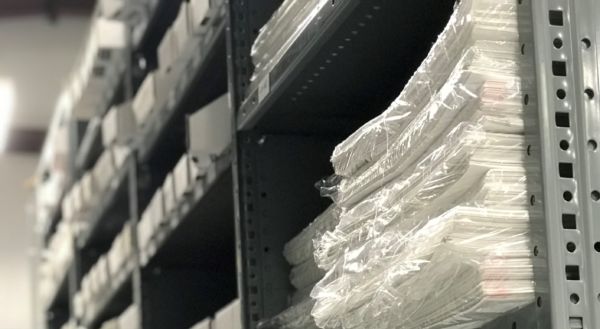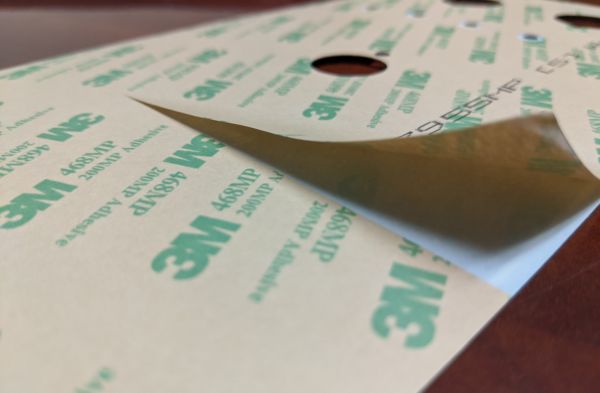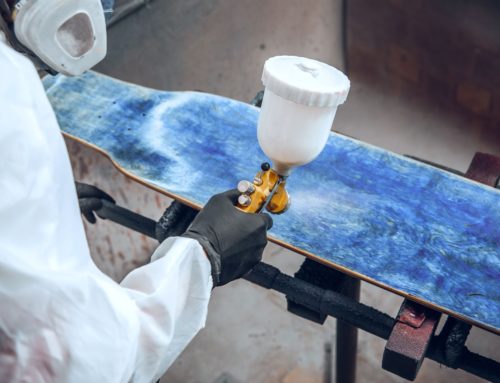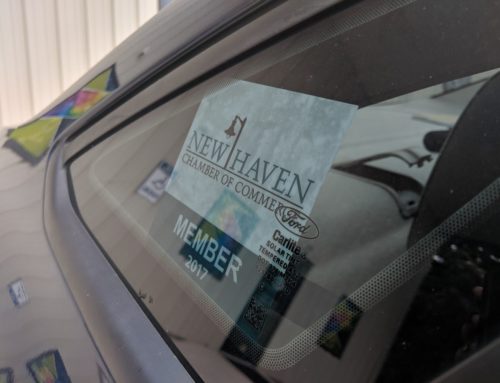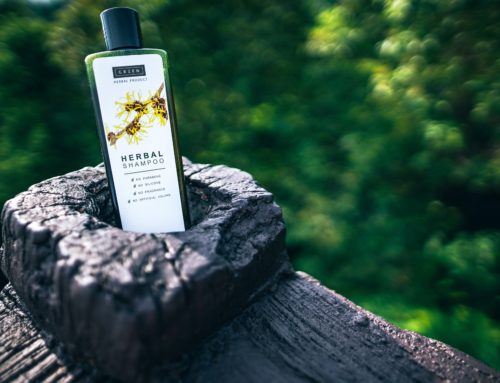If you’ve ever opened a gallon of spoiled milk or taken a look at a bag of salad two weeks past its expiration date, then you understand the importance of shelf life. It’s pretty easy to tell when food goes bad, but what about your graphics? Do decals expire? How long do decals last? Or better – how long can unused decals be kept in storage until they need to be thrown out? Raw decal materials are typically warranted between one and two years, but what affects that timeframe?
What does “shelf life” mean for a decal?
A shelf life date from a material manufacturer guarantees that, if properly stored, unused decals will apply without issues until that date. Adhesive does not degrade over time once applied to a substrate, only while unused, so a shelf life is the maximum time a decal can remain unapplied without the risk of failure.
What determines decal shelf life?
The biggest factor in determining the shelf life of a graphic is its adhesive, where slow, degrading chemical reactions occur until the decal is applied. Over time, adhesives can become dry, brittle, deformed, or difficult to apply. Both the decal’s construction and its storage conditions will play a factor in how long a decal in storage will remain usable.
Peel-and-stick decals and overlays use pressure-sensitive adhesives, or PSA’s. PSA performance characteristics vary depending on their chemical make-up, liner, and liner coating; and they can be used with vinyl, polyester, and polycarbonate base materials. Each of these factors affect shelf life.
The back of an overlay with a PSA applied and the liner split for ease of application.
Acrylic-Based PSA’s
Acrylic adhesives are remarkably durable and generally last one to two years unused. Some types have chemicals called “tackifiers” added in to improve the decal’s ability to bond to different substrates. Tackifiers, unfortunately, soften adhesives, causing them to ooze at the edges and dry out faster than decals without tackifiers. Pure acrylic adhesives without tackifiers usually have a longer shelf life.
Silicone-Based PSA’s
Silicone adhesives are used when high-temperature resistance is required or when bonding to silicone substrates. They generally last six months to a year unused. As silicone adhesive ages, the bond between it and its release liner strengthens, making it more difficult to separate—and therefore apply—as time goes on.
Rubber-Based PSA’s
Rubber adhesives were the first type of PSAs created and are typically used for short-term applications, such as pre-masking tape. Rubber adhesives generally last up to one year unused. They are especially sensitive to heat, ultraviolet light, and oxygen, which makes it easy for them to become dry and brittle. To combat this, manufacturers have created newer, synthetic rubber-based PSAs that are less sensitive to environmental factors.
PSA Release Liners
Most adhesives are backed with a paper liner, such as densified kraft paper. Paper liners are susceptible to moisture, and improved options include poly-coated paper and polyester liners. Release liners are available in a variety of thicknesses, with 50 pounds to 110 pounds as the standard range. Thicker liners hold their shape better, preventing decal deformity over time. They also tend to tear less often and separate more easily from adhesive. When decals are stacked, thicker liners also provide more room between parts, making decals less likely to bond together if adhesive oozes from the edges.
Storage Conditions
Keeping decals in optimal shortage conditions can improve their shelf life, ensuring the least amount of adhesive degradation, deformation, and color loss. This typically means storing them…
• Away from natural and artificial light.
• In about 50% humidity.
• At a temperature around 60 to 75 degrees Fahrenheit.
• Flat in air-tight plastic bags or containers.
Users should also avoid stacking too many decals on top of one another.
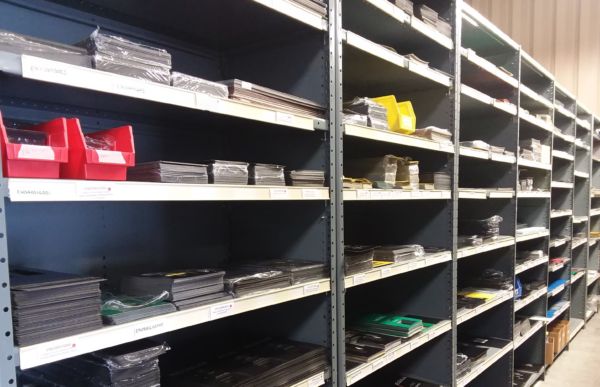
Should I throw my decals out when they’ve reached the end of their shelf life?
There’s no need to dispose of decals that have reached their shelf life. While the warranty for the material will technically be voided at this point, many in the industry agree that the one- to two-year shelf life standard is overly conservative. The date specified is how long the decal can go unapplied without any failure, but it is not the maximum time in which it can still succeed. When stored properly, most decals will have an actual shelf life of three to four years. As long as you maintain a first in, first out (FIFO) inventory system, it is unlikely you will ever need to dispose of expired decals.
The exception is decals with static cling material, which is vastly different from vinyl, polyester, or polycarbonate decals using PSAs. Static clings must be applied within six months, or they become unusable.
If you are unsure of a shelf life date or have experienced some failure with older decals, we recommend testing two or three decals from an older batch before application, using these steps:
- Ensure the decals, air, and test substrate are all above 50 degrees Fahrenheit / 10 degrees Celsius. You may need to bring a substrate inside overnight.
- Wipe the test substrate clean using isopropyl alcohol.
- Apply the decals using firm, consistent pressure.
- Wait 24 hours, and then check on your decals.
If your decals have properly adhered to the substrate, they will be difficult to remove and should damage or deform upon removal. At this point, the decals can be used in the field. If your decals have not properly adhered to the substrate, it’s safe to assume that the adhesive has expired and the graphics should be disposed of.
Adhesive does not expire on any specific day, and material manufacturers use shelf-life warranty dates as guidelines to ensure good and consistent adhesion once applied. So yes, you can probably keep those old decals on your shelf for just a little while longer.
Have any questions about PSAs or decal shelf life? Or are you ready to get started on your next print project? Graphics Output is happy to help. Simply shoot us an email, or call 260-748-0577.

